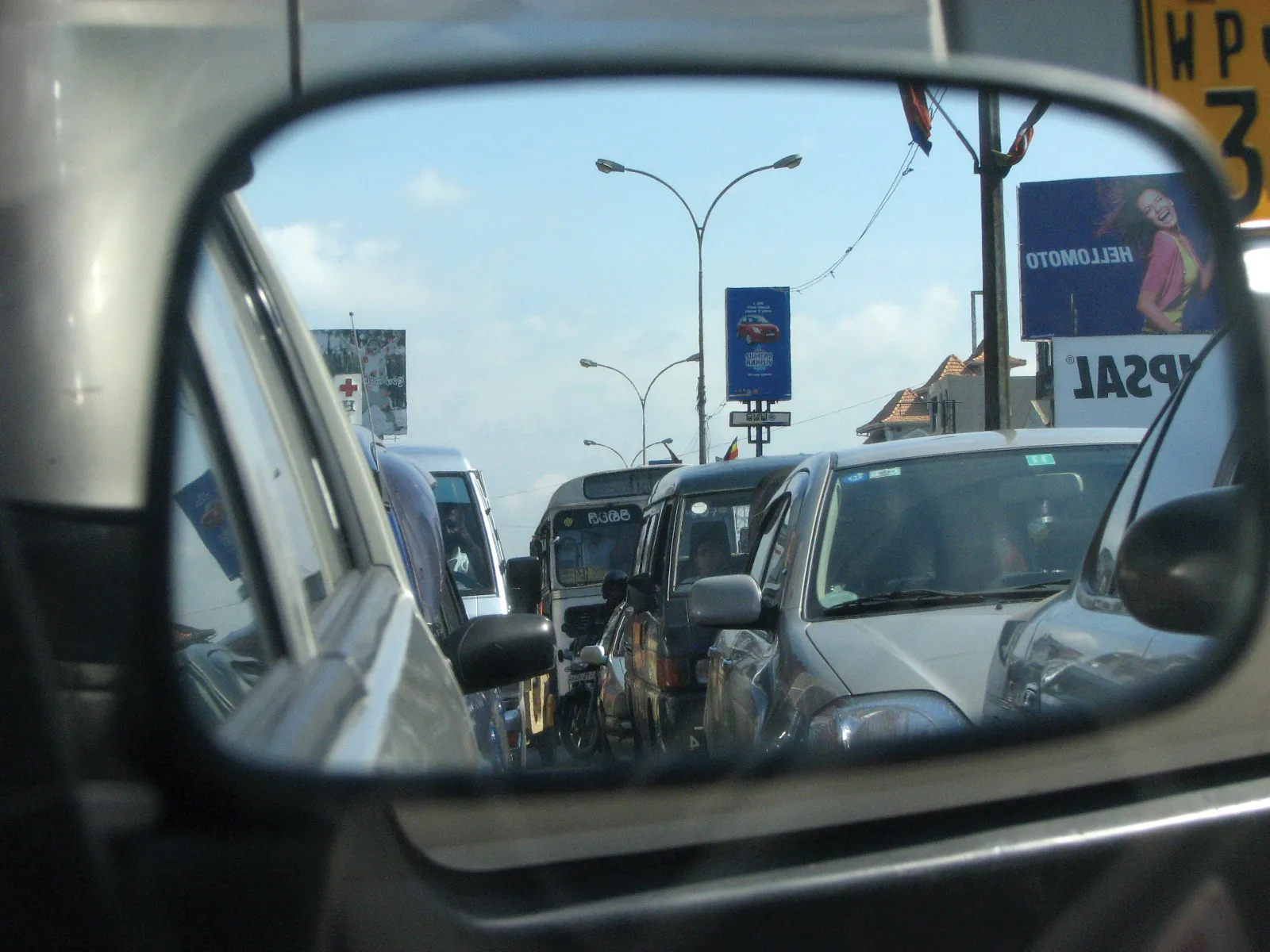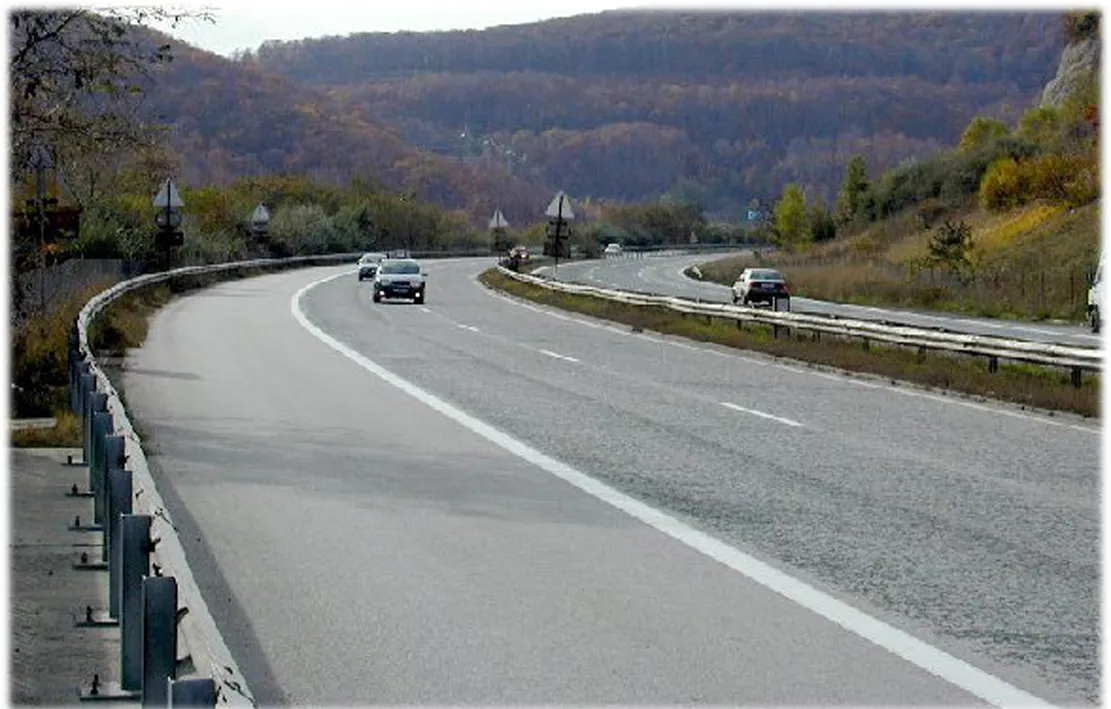The Sri Lankan Government is setting out plans to build three elevated highways to reduce traffic congestion in capital Colombo. The highways will be built in the Metropolitan Area and will provide access to the new Southern Expressway, the Outer Circular Highway and the Colombo -Katunayake Expressway under construction.
March 21, 2012
Read time: 2 mins

The Sri Lankan Government is setting out plans to build three elevated highways to reduce traffic congestion in capital Colombo. The highways will be built in the Metropolitan Area and will provide access to the new Southern Expressway, the Outer Circular Highway and the Colombo -Katunayake Expressway under construction. Approval has been given for French firm 2643 Egis Beecon International to carry out a feasibility study as well as providing the outline design. The Sri Lankan Government will use the engineering faculties of local universities to carry out some of consultancy work for the project, while the 943 Asian Development Bank (ADB) will fund the study. The three elevated highways will run from Kirulapone to Kadawata, Colombo Fort to Kottawa and from Colombo Fort to Peliyagoda. A 19km section from Kirulapone to Kadawata will connect the Outer Circular Highway, the belt around Colombo, which is currently under construction, at Kadawata and Colombo -Katunayake expressway at Peliyagoda. Another 21km section from Colombo Fort to Kottawa will connect Southern Expressway and Outer Circular Highway at Kottawa. The 5km highway from Colombo Fort to Peliyagoda will connect to the interchange at Peliyagoda on Colombo- Katunayake Expressway that connects the country's international airport. Traffic in the capital has increased considerably during the recent years due to the accelerated economic and social development in the country. The existing roads are narrow and there is no room to widen those due to the massive commercial development along the roads.






